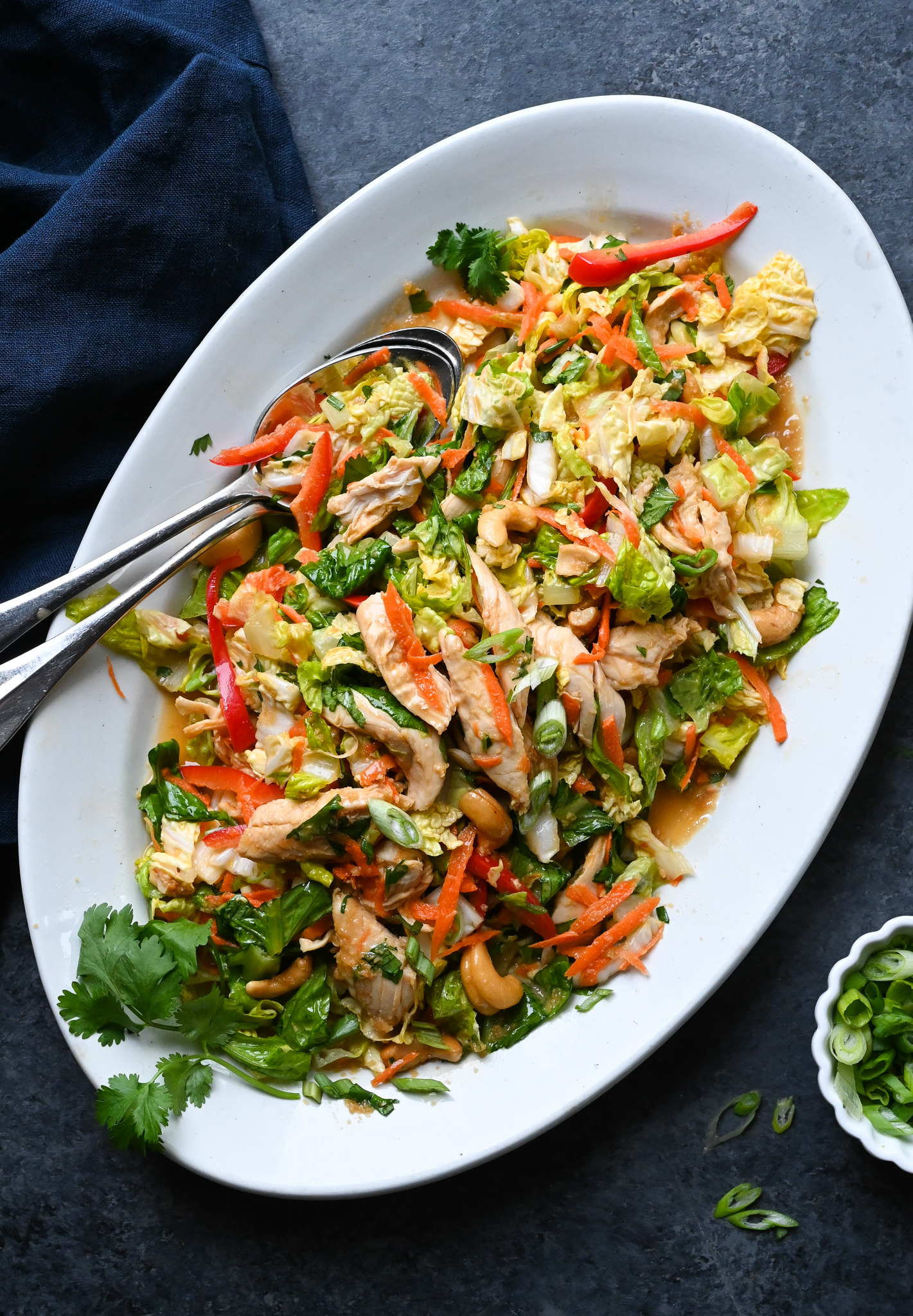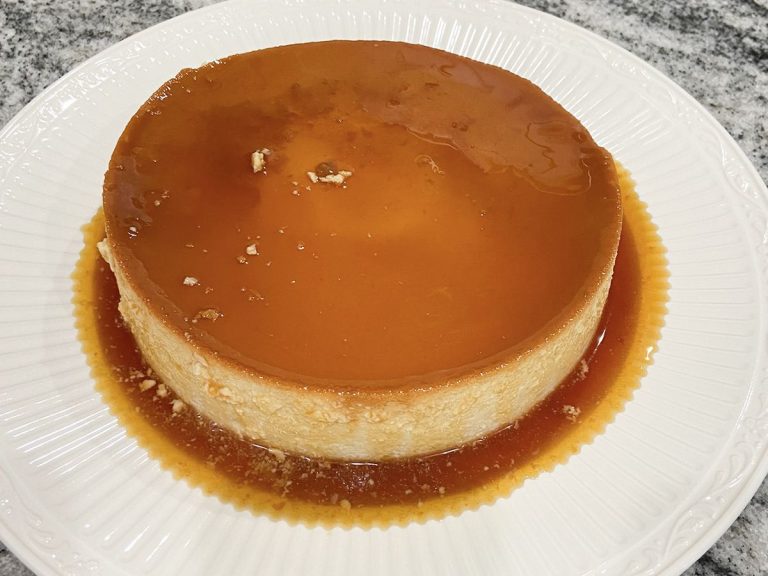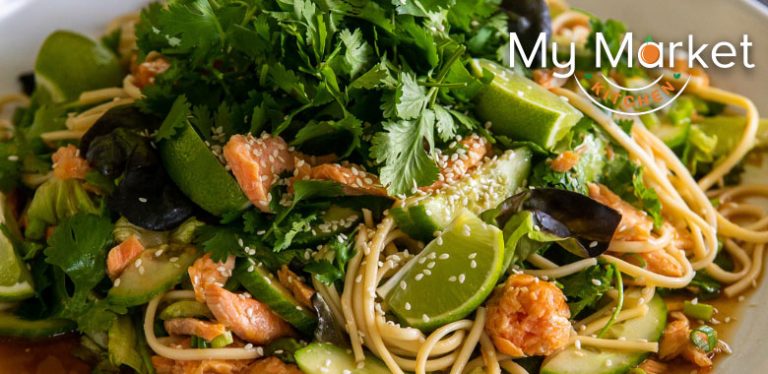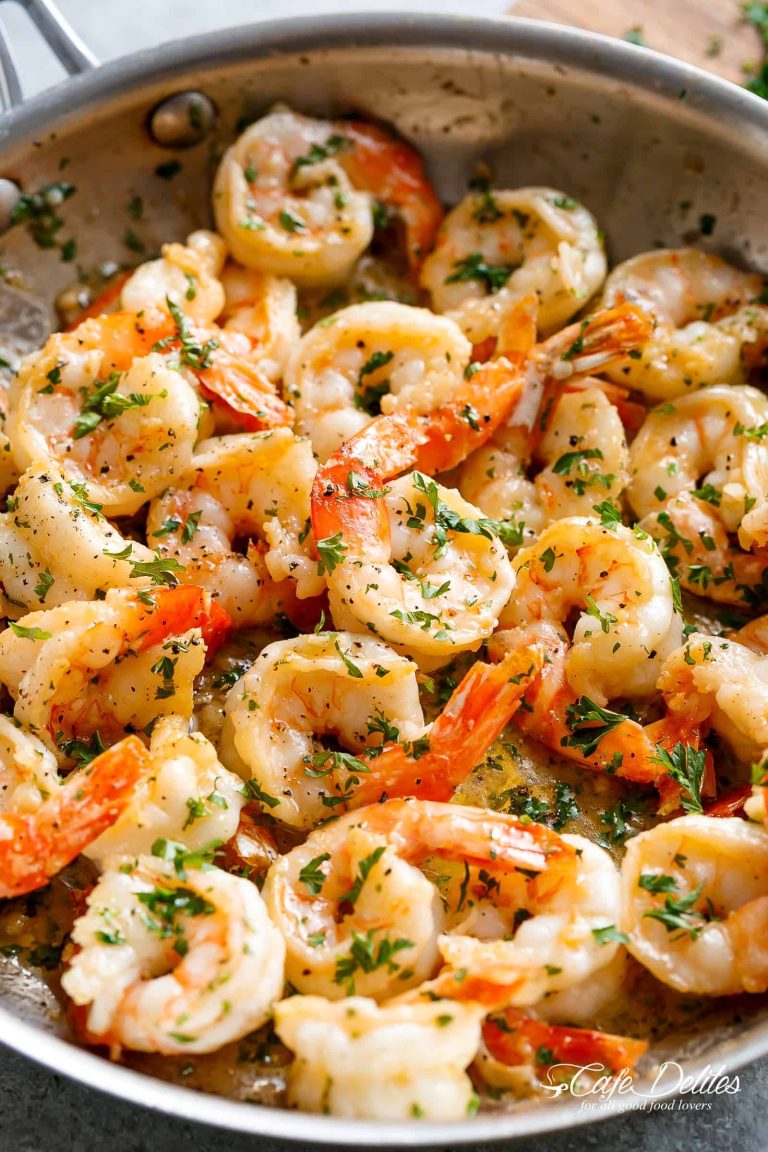Sesame Dressing: Quick Recipe and Delicious Uses in Asian Cuisine
Easy sesame dressing originates from Asian cuisine, particularly Japanese. This dressing has deep cultural roots and lends its rich, nutty flavor to various traditional dishes. Often used in salads like goma-ae (spinach with sesame dressing) and as a marinade for proteins, it captures the essence of Japanese umami.
Key Ingredients
An easy sesame dressing typically includes sesame oil, soy sauce, rice vinegar, and sugar. The sesame oil provides a robust, nutty base, while soy sauce adds depth and umami. Rice vinegar introduces a tangy note, balancing the sweetness from the sugar. Optional additions like garlic, ginger, or miso can enhance the flavor profile, adding layers of complexity.
How to Make Easy Sesame Dressing
Necessary Tools and Equipment
You’ll need essential tools to make easy sesame dressing efficiently. Gather the following:
- Mixing Bowl: Use this to combine ingredients seamlessly.
- Whisk: Ensures all elements integrate well.
- Measuring Spoons and Cups: Accurate measurements will maintain flavor balance.
- Grater: Useful if you choose to add fresh garlic or ginger.
- Storage Jar or Bottle: Keeps dressing fresh and allows easy pouring.
Step-by-Step Recipe
Follow these steps for a perfect easy sesame dressing:
- Prepare Ingredients: Measure and assemble 1/4 cup sesame oil, 2 tablespoons soy sauce, 2 tablespoons rice vinegar, 1 tablespoon sugar, and if desired, 1 finely grated garlic clove and 1 teaspoon grated ginger.
- Combine Liquids: In your mixing bowl, add sesame oil, soy sauce, and rice vinegar. Whisk until they are thoroughly mixed.
- Add Sweeteners: Mix in the sugar, ensuring it dissolves completely in the liquid mixture.
- Incorporate Aromatics: If using garlic and ginger, grate them finely and add to the bowl. Whisk until fully combined.
- Check Consistency and Taste: Adjust flavors with additional soy sauce for saltiness, rice vinegar for acidity, or sugar for sweetness as per your preference.
- Store Properly: Transfer the dressing into a storage jar or bottle. Seal tightly and refrigerate. Shake well before each use.
This easy sesame dressing can elevate salads, marinades, and dipping sauces with its rich, nutty flavor.
Nutritional Benefits of Easy Sesame Dressing
Calories and Macronutrients
Easy sesame dressing offers a balanced mix of calories and macronutrients. Each tablespoon typically contains about 80-100 calories, largely derived from healthy fats. Saturated fat content remains low, while monounsaturated and polyunsaturated fats dominate, aiding in heart health. Carbohydrates vary slightly, with minimal sugars contributing to the overall count. Protein content is present but not significant. Here’s a basic breakdown per tablespoon:
| Nutrient | Amount |
|---|---|
| Calories | 80-100 cal |
| Total Fat | 8-9 g |
| Saturated Fat | 1-1.5 g |
| Carbohydrates | 2-3 g |
| Sugars | 1-2 g |
| Protein | <1 g |
Health Benefits of Sesame Seeds
Sesame seeds, the key component of this dressing, possess numerous health benefits. They’re rich in antioxidants like sesamol and sesaminol, which help combat oxidative stress. Their high lignan content supports cholesterol management by reducing LDL levels. The seeds also offer a significant amount of calcium, magnesium, and phosphorus, promoting bone health. Vitamin E and B-complex vitamins in sesame seeds enhance skin and hair health. Regular consumption can support cardiovascular wellness and enhance metabolic functions due to their fiber content. Adding easy sesame dressing to your meals introduces these benefits seamlessly.
Versatile Uses of Easy Sesame Dressing
Salads
Use easy sesame dressing to elevate an array of salads. Drizzle it over mixed greens, cabbage slaws, or Asian-style noodle salads for a burst of flavor. Add it to grain salads like quinoa or farro for a delicious twist. Enhance the dressing’s texture by tossing it with sliced vegetables, nuts, and seeds. The rich, nutty flavor complements both light and hearty salads, making them more satisfying and nutritious.
Marinades and Dips
Incorporate easy sesame dressing into various marinades and dipping sauces. Marinate proteins such as chicken, beef, tofu, or shrimp with it, allowing the flavors to infuse thoroughly before grilling, baking, or stir-frying. Blend the dressing into yogurt or mayonnaise to create a flavorful dip for fresh vegetables, spring rolls, or tempura. Use it as a base for more complex sauces by mixing it with other ingredients like chili paste or peanut butter. Its versatility makes it a staple for multiple cuisines and cooking methods.
Storage and Shelf Life
Best Practices for Storage
Store easy sesame dressing in an airtight container to keep it fresh and flavorful. Glass jars or BPA-free plastic containers are ideal. Keep the container in the refrigerator to maintain quality. If the dressing separates, simply shake well or stir before using. Avoid storing in the freezer, as the ingredients may not thaw properly, affecting texture and taste.
How Long Does It Last?
Properly stored in the refrigerator, easy sesame dressing can last up to two weeks. Always check for signs of spoilage, such as off smells, changes in color, or mold. Use within this time frame for optimal flavor and safety. If there are any doubts about its freshness, it’s best to prepare a new batch.
Conclusion
Easy sesame dressing is a versatile and flavorful addition to your culinary repertoire. Whether you’re drizzling it over a fresh salad, marinating proteins, or creating a delicious dip, this dressing brings a unique taste and nutritional benefits to your meals. With simple ingredients and straightforward preparation, it’s a must-have for any kitchen. Store it properly to ensure it stays fresh and safe to enjoy its delightful flavors anytime. Embrace the ease and health benefits of easy sesame dressing and elevate your dishes effortlessly.






